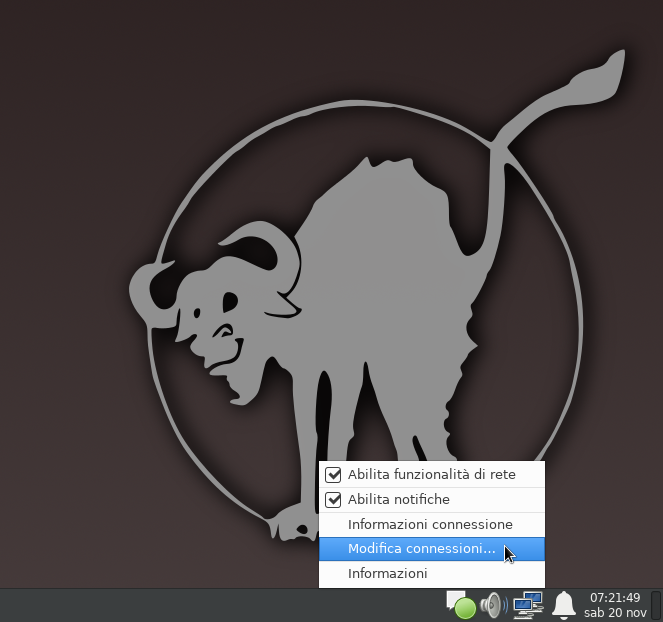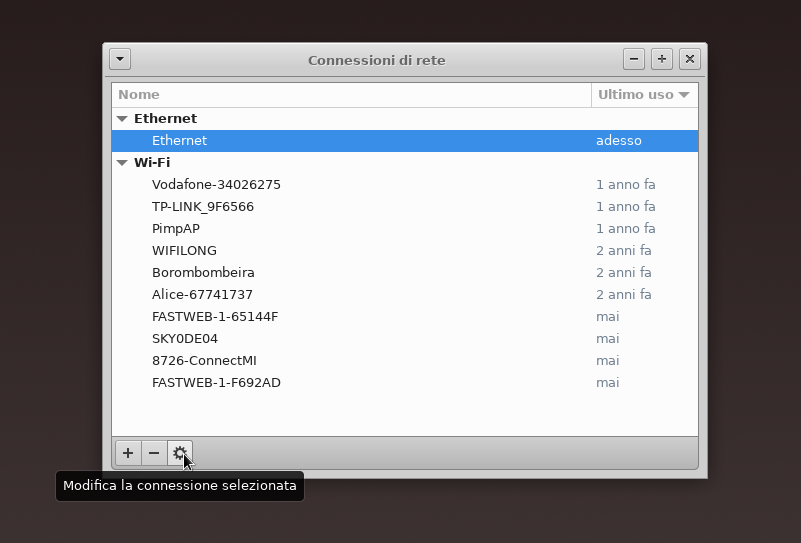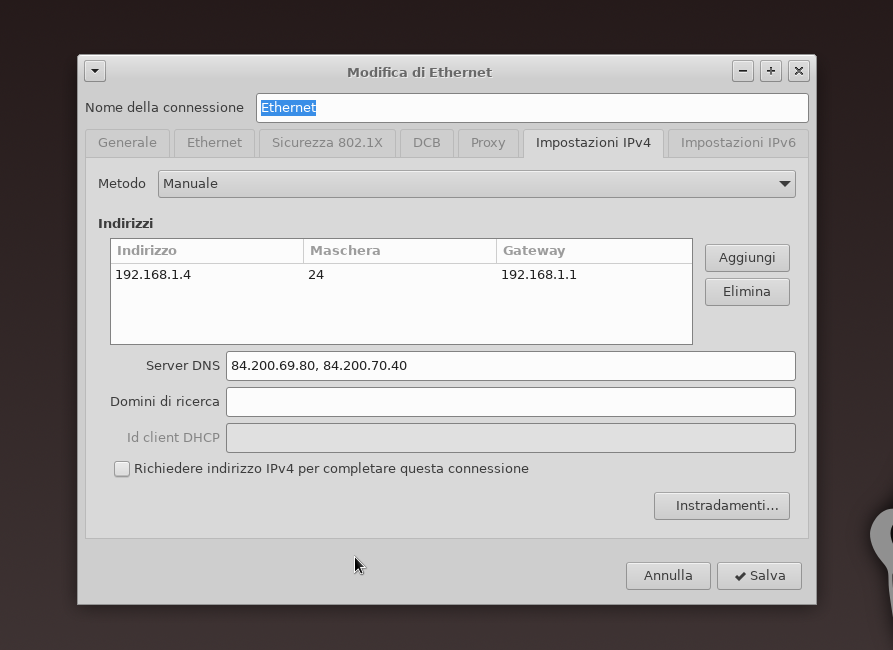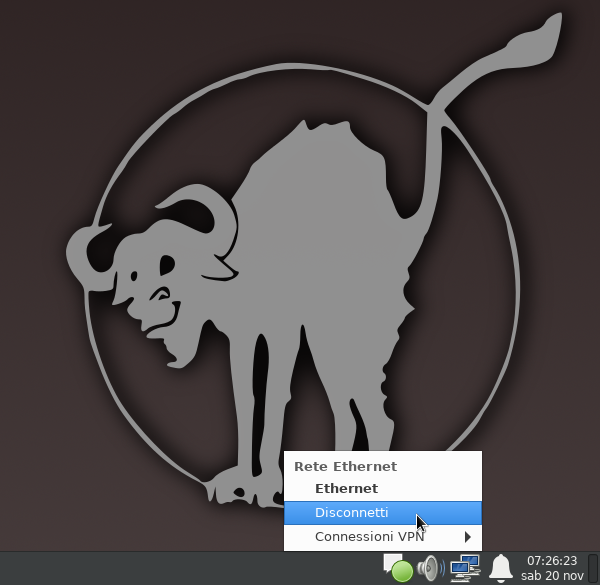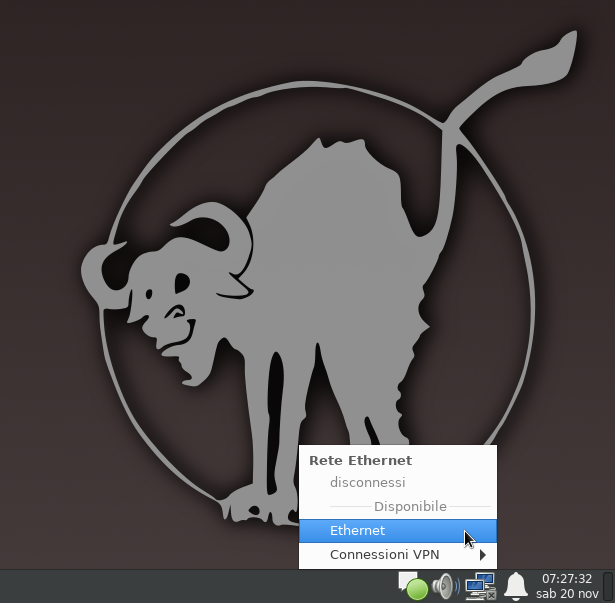[Last edited on Tuesday, 16 January 2024]
Although i’m sure it won’t avoid most of the damage, i strongly support the Anti-Meta Fedi Pact, and urge Fediverse admins to block Meta’s Threads (currently, the threads.net domain) at their Fediverse instances’ level, because Meta, the producer of Facebook, Whatsapp, Instagram and Threads, is known to do such things as:
- profiling users for targeting advertisements [e.g.: 1, 2];
- controlling their users emotions;
- spreading misinformation and conspiracy theories about November 2020 presidential election in USA;
- censoring political organizations – mostly, and by far, of the global left [1, 2], while not censoring political organizations of the most far right (e.g.: italian neofascist organizations like Casapound, Forza Nuova, Lealtà e Azione all have many pages and profiles on Facebook);
- facilitating a genocide;
- super-exploiting moderators;
- censoring wildfires news stories from Canada to Canadian users;
- systemically censoring Palestine contents on Instagram and Facebook;
- and so much more;
But most Fediverse platforms’ instances, especially most or all of the most populated, are not blocking and won’t block threads.net; thus, using those instances, will be less and less different than using Meta’s products, in terms of data scraping by Meta and users’ privacy, because those instances expose their users to the risk of giving complete access to their “private” messages (messages addressed to “Mentioned people only”, on Mastodon) just by unknowingly or thoughtlessly mentioning Threads accounts in such messages, and to complete access by Meta to their “less public” posts (posts addressed to “Followers only”, on Mastodon), when Threads users will get the possibility to follow other Fediverse platforms accounts, that is soon going to be implemented by Threads developers. Meta has scraped even “less public” posts and “private” messages on its platforms in the past, and it is most probably still doing it, in spite of some court cases that accounted it guilty of doing it and “punished” it, much later than when each one of those abuses was made, with financial penalties that were ludicrous to Meta, because of its huge financial wealth.
To mitigate these risks, users of Fediverse platforms instances that have not blocked the threads.net domain at instance level can still block it by themselves and for themselves only (on Mastodon’s official web frontend, this can be done by clicking on the three dots icon in the lower right corner of any post and choosing Block domain from the popup menu); or they can set their accounts to prompt for their confirmation whenever another account tries to follow theirs (on Mastodon’s official web frontend, this can be done by going to Preferences > Public profile > Privacy and reach tab, and unchecking the Automatically accept new followers checkbox), and then paying attention to not mention any Threads account in their non-public posts (“Followers only” and “Mentioned people only” posts, on Mastodon).
Still, to ensure that the Fediverse won’t become a big barrel from which Meta, and probably other big and medium commercial players in the future, will scrape not only data from public posts, but also from “less public” and “private” posts, the most safe way would be to write a new social networking protocol specification, that could be named FreeSocialProtocol, and to put it under a license or a patent that (1) would prohibit any use of the protocol itself in products that are not open source, and (2) would prohibit its use in products that also use other protocols that are under no licenses, or that are under licenses not prohibiting their use in non-open source products (point 2 would make it a viral license/patent, like the GPL, but only on the open source condition; and necessarily so, because otherwise, this license/patent very purpose would be defeated).
I have no illusion that a new protocol with such a license or patent would be used by many from the start, and maybe it would take long for it to gain traction, or maybe it would never exit the “niche” status, but it would be good all the same even in these cases, and i think there is the possibility that it would gain a lot of traction, soon or later. But, again, i think it would be just and good if it existed even if it was never to exit the “niche” status.
Note 1: i’m trying to verify whether it is possible to create such a license, or such a patent, and to apply it to the specification of a social networking protocol: on Friday, 22 December 2023, i wrote an e-mail to the FSF (using the licensing@fsf.org e-mail address) asking just this; and on Saturday, 6 January 2024, i’ve written to the European section of the FSF too, at its licence-questions@fsfe.org e-mail address, without receiving any answer from both as of today, Tuesday, 16 January 2024.
Note 2: on this topic, you may want to read these ongoing discussions i’m having: the first one with a Fediverse protocols and platform (Streams) developer, the second one with an Akkoma developer (Akkoma is another Fediverse platform, a fork of Pleroma). I think they’re both at least very useful, clarifying and instructive.
